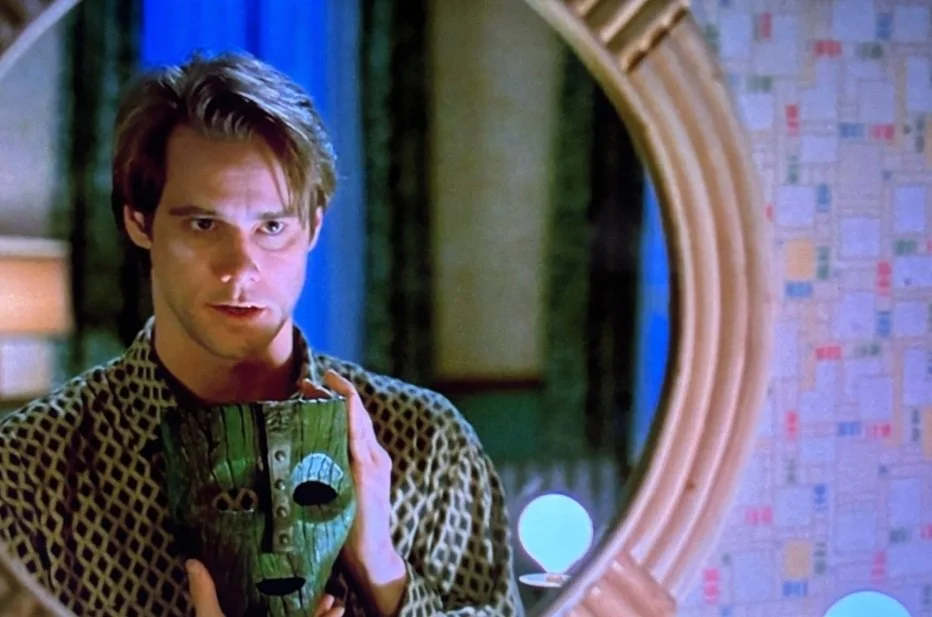See how the Enneagram and genogram reveal trauma, boundaries, and generational patterns in families like the Bridgertons — and maybe yours too!
The Enneagram Instincts & Creativity
Which Ax Are You?
3 Ways to Calm Your Nervous System as a Highly Sensitive Person (HSP)
How to Do Brainspotting on Yourself (Gazespotting)
Designing a Healing Space: How HSPs Can Create a Safe Haven at Home
3 Lessons Plants Taught Me
Concentric Circles of Connection
Nervous System Health: Stuck On & Stuck Off
When traumatic events throw healthy nervous systems off track, we can get into “stuck on” and “stuck off” modes, making it hard to balance between relaxed and alert. When we’re stuck in these modes, we fall back to our habitual reactive patterns. This post can help you determine if your nervous system is stuck “on” or “off.”
Who is the Highly Sensitive Person (HSP)?
The Highly Sensitive Person (HSP) is someone who has the four distinctive traits DOES: (D) Depth of Processing, (O) Overstimulation, (E) Emotional Reactivity & Empathy, and (S) Sensitivity to Subtle Stimuli. HSPs help our society become more empathic, reflective, and interconnected. Learn more about life as an HSP and their specific needs.
Juggling Too Many Balls? Which to Keep and Which to Drop
Radical Candor: Balancing Regard for Self and Others
Connecting with Safe People
How Do I Find My Enneagram Type?
Reducing Stress with the React or Respond Chart
How to Help a Loved One Ground: Sensory Recall
How to Ground in Uncertain Times
Living Wholehearted: Emotions Help Us Thrive
Emotions are an essential part of life and relationships. Try as you might, you won’t be able to get rid of them…and there’s no need to! Anxiety, guilt, shame, anger, and sadness reveal legitimate needs that all of us have. As we reintegrate emotions back into our lives, we are empowered to engage life to the fullest.



























